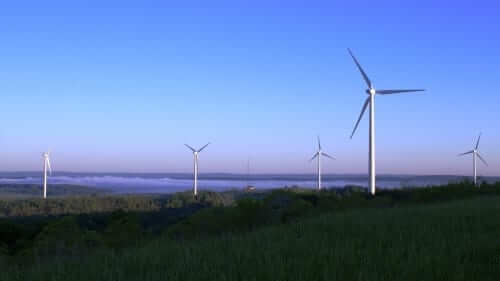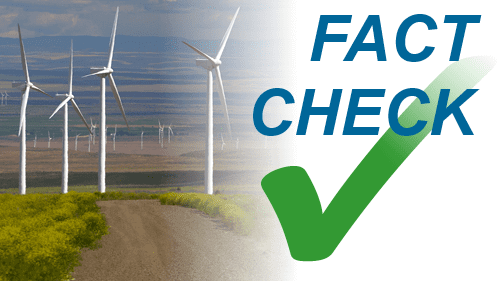News roundup: Coverage of EPA Supreme Court ruling
The Supreme Court issued a ruling yesterday concerning the Environmental Protection Agency’s (EPA) ability to limit carbon pollution from a variety of sources, and the country’s major newspapers were quick to offer their coverage of the decision.
The decision could set the tone for the high court’s attitude toward the EPA’s overall climate plan, says The New York Times:
- In a big win for environmentalists, the Supreme Court on Monday effectively endorsed the Obama administration’s efforts to regulate greenhouse gas emissions from sources like power plants, even as it criticized what it called the administration’s overreaching.
- In a part of the ruling decided by a 7-to-2 vote, the court said the E.P.A. could regulate sources of greenhouse gases as long as they would already need permits for emitting conventional pollutants. That approach allowed the agency to regulate large, industrial polluters, such as power plants and oil refineries, and exempted millions of the nation’s small-scale carbon emitters, such as schools, apartment buildings and individual businesses like Dunkin’ Donuts or Chipotle
- “E.P.A. is getting almost everything it wanted in this case,” Justice Antonin Scalia said in summarizing the decision. “It sought to regulate sources it said were responsible for 86 percent of all the greenhouse gases emitted from stationary sources nationwide. Under our holdings, E.P.A. will be able to regulate sources responsible for 83 percent of those emissions.”
Though the agency effort to curb carbon pollution was validated by the court, there are limits, according to the ruling. The Washington Post:
- What made the case complex is that even the EPA acknowledged that certain provisions in the Clean Air Act do not easily lend themselves to regulating greenhouse gases such as carbon dioxide, which is ubiquitous in the environment.
- Although the law said emissions of certain pollutants of 100 to 250 tons per year triggered permitting requirements, the EPA had to raise those to 75,000 to 100,000 tons per year for greenhouse gases to identify the facilities most in need of regulation. But Scalia wrote that agencies are not free to “revise clear statutory terms that turn out not to work in practice.”
- Justice Stephen G. Breyer said in rebuttal that the EPA was simply exercising its discretion to further the interest of Congress and the public “in more effective, less wasteful regulation.” Fellow liberals Ruth Bader Ginsburg, Sonia Sotomayor and Elena Kagan agreed with him.
The Wall Street Journal noted the high court’s check on the EPA’s authority, but pointed out it is unlikely to affect proposed rules for new and existing power plants under section 111:
- The Environmental Protection Agency can require greenhouse-gas controls on power plants and other large stationary sources of pollution, the Supreme Court ruled Monday, but it said the agency went too far in claiming power to regulate smaller emitters. The court's divided decision, written by Justice Antonin Scalia, followed a middle-ground approach that left both environmental groups and industry challengers satisfied.
- The case produced a splintered lineup of justices. Chief Justice John Roberts and Justice Anthony Kennedy, two of the court's conservatives, joined all of Justice Scalia's opinion. Other conservatives joined parts of the ruling that went against the EPA. The four liberal justices joined portions siding with the agency.
- The EPA called the ruling "a win for our efforts to reduce carbon pollution because it allows EPA, states and other permitting authorities to continue to require carbon pollution limits in permits for the largest pollution sources."
- The high court's decision isn't expected to have a substantial impact on future legal battles over a pair of EPA proposals that restrict emissions from new and existing power plants, regulations that fall under different parts of the Clean Air Act. EPA is scheduled to issue both final rules next year.
Sources:
Adam Liptak, “Justices Uphold Emission Limits on Big Industry.” The New York Times. 23 June 2014.
Robert Barnes, “Supreme Court: EPA can regulate greenhouse gas emissions, with some limits.” The Washington Post. 23 June 2014.
Brent Kendall and Amy Harder, “Supreme Court Ruling Backs Most EPA Emission Controls.” The Wall Street Journal. 23 June 2014.




